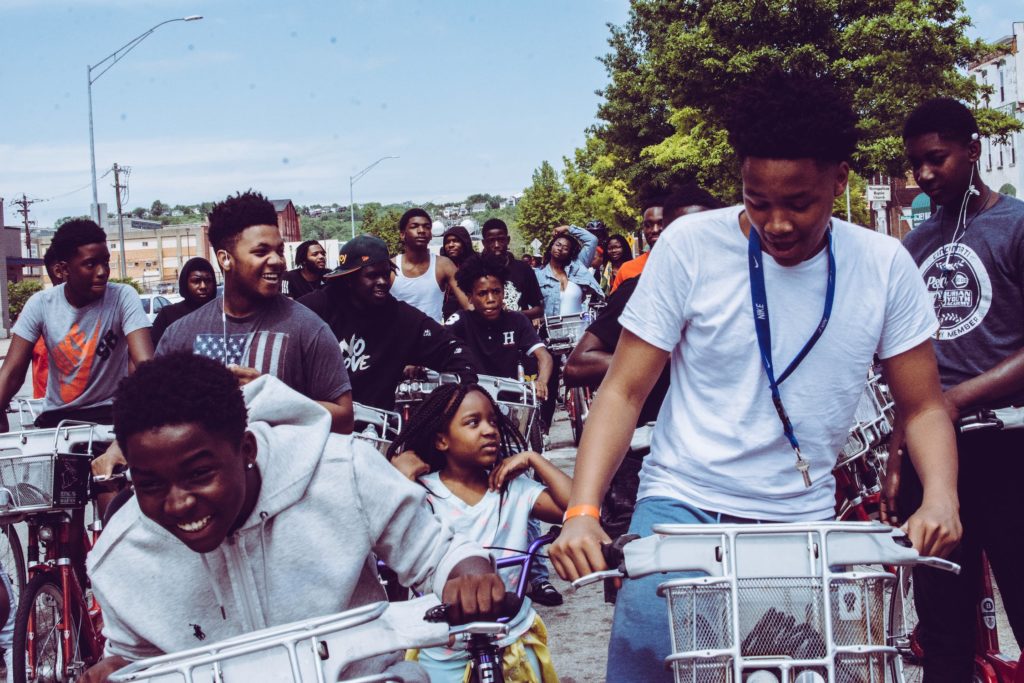This post originally appeared on the Breakfast Club Blog on June 9, 2017.
His name is Jordan Edwards. And Jayson Negron. And Darius Smith. He was fifteen years old. He was unarmed at the time of his untimely demise at the hands of law enforcement.
He was a young man of color caught on the wrong side of the thin line between potential and death. He should be participating in a summer jobs program, playing hoops at the Y, or compiling an initial list of colleges. He – Jordan, Jayson, and Darius – should have turned sixteen.

This past spring has brought a rash of extrajudicial killings of unarmed black youth. Balch Springs, Texas native Jordan Edwards’ tragic death first came to national attention at the beginning of May. Within the space of one month, two more unarmed young black boys – in Connecticut and California – had also been shot by law enforcement. While their cases have received lesser attention, the circumstances of all three cases are strikingly similar. The narrative in each case was initially one of a recalcitrant youth, disruptive and unyielding. Later evidence in each of these cases emerged, and the narratives were changed. There was no altercation, no aggressive threat. Just the judgments that too easily allow for an unhealthy and inaccurate narrative to emerge. A narrative that both countered and clouded the more accurate and life-affirming narratives that were closer to the truth: An honor student. An athlete. A beloved brother and friend. An aspiring artist. Well-liked. Vibrant. Loved.
And while none of these descriptors should have been necessary for an unarmed youth to remain alive, they present the counter-narrative that youth workers experience as a matter of course in their daily work with young people from all backgrounds.
Perhaps if these positive, balanced and more accurate narratives were dominant in our larger societal consciousness – if these descriptors were among the first that sprang to mind – then the judgments that are measured in moments, the judgments that are colored by the implicit biases that beset our social interactions, would have been fundamentally different and would have averted an emerging conflict. I find myself thinking back on these events of the past six weeks and similar ones that did not end in ultimate tragedy, but nonetheless exacted unimaginable damage on the spirit. Incidents like the one in which young middle schoolers in Grand Rapids were held at gunpoint by police on their way home from an after school recreational program.
If death is the price to pay for these enduring, harmful narratives around young people of color to continue, then it’s time for them to end. This is not the first call to shift this narrative, but youth workers hold important tools that may contribute to it being the last. After all, it is to and from our community and after school centers, sports and service programs, and on the streets of the communities that we know well and serve that these negative narratives are being played out over and over again to disastrous (even if not always deadly) effect.
Indeed, it is time as an allied body of concerned citizens (not just as individuals, as many of us have done) – with our unique insights as developmental specialists who understand what happens for young people when the narrative is changed – to add our voice to the “whose streets, our streets” refrain with compassion, with perspective, and with data. Our programs serve as beacons of opportunity dotting the streets of diverse communities all across the country, communities where young people just like Jordan, Jayson, and Darius live. Indeed these are our streets, too.
It is time to take back this narrative.
This is not just a police community relations issue. This narrative finds its way not just in interactions with law enforcement, but in our schools, businesses, and, yes, at times, within the community organizations that have a mission to serve young people. We must replace it with a more developmentally appropriate frame that may indeed save lives.
While I am not naïve enough to suggest that structural racism and bias will be eradicated by such efforts, I do believe that the tools and principles of youth work have the power to resist emergent tendencies toward the criminalization of adolescence, particularly among both poor youth and young people of color, and engage the larger culture in a healthier, more appropriate developmental frame vis a vis young men of color.
Youth work’s contributions to the project to reframe the narrative in the larger society around black youth include:
- A bias towards seeing strengths in individual youth and their capacity for positive growth.
- An understanding of the complexity of a young person’s larger environment, and the attendant appreciation of the strengths and challenges of that environment.
- An orientation towards rhythmic interaction – the give and take of human connection, with an emphasis toward resolution, mutual respect, and empowerment – as the first and best practice response to approaching young people.
- A focus on adult professional behaviors that are oriented toward supporting positive development, behaviors that set a tone and meet young people where they are.
Thousands of youth-focused practitioners, policy makers and researchers have made it their life’s work to reframe youth narratives, incubate opportunity, and resolve conflict for and with young people. It is time to invite others who hold power in the larger community to learn (or learn more deeply) from our strategies, our approaches, and our philosophies for engaging youth. When added to the voices of young people themselves, our collective wisdom and advocacy may provide a critical counterpoint to the narratives that cost Jordan, Jayson and Darius their lives.
For breakfast, I ate cereal and an apple.
Author Profile: @aliciaw